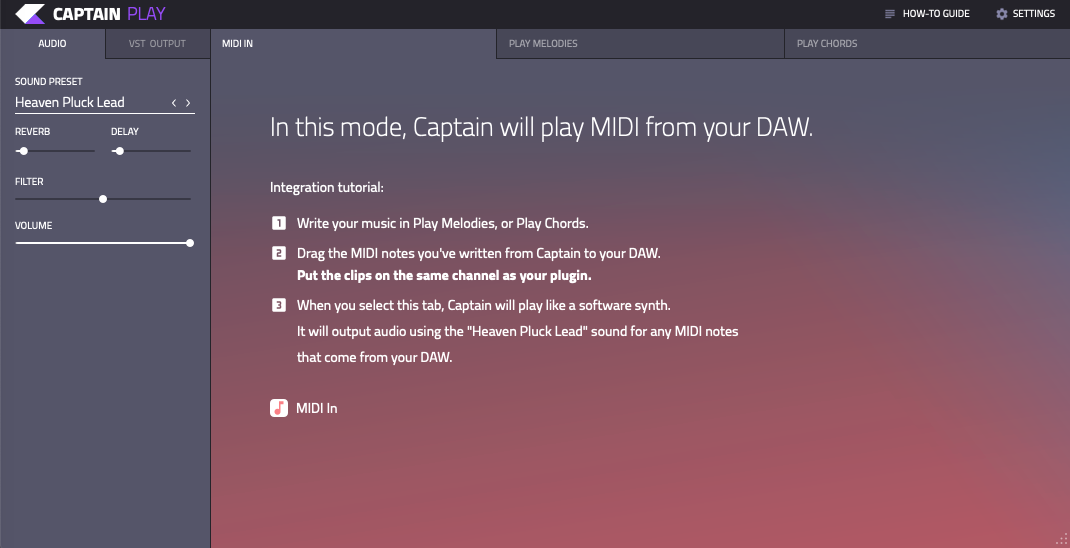Your Cart
Your cart is empty
There are no items in your cart
Keep shopping

Included Software:
Captain Play gives you the power to play complex chords with one finger, play melodies in scale and key and turbo-charge your MIDI keyboard.

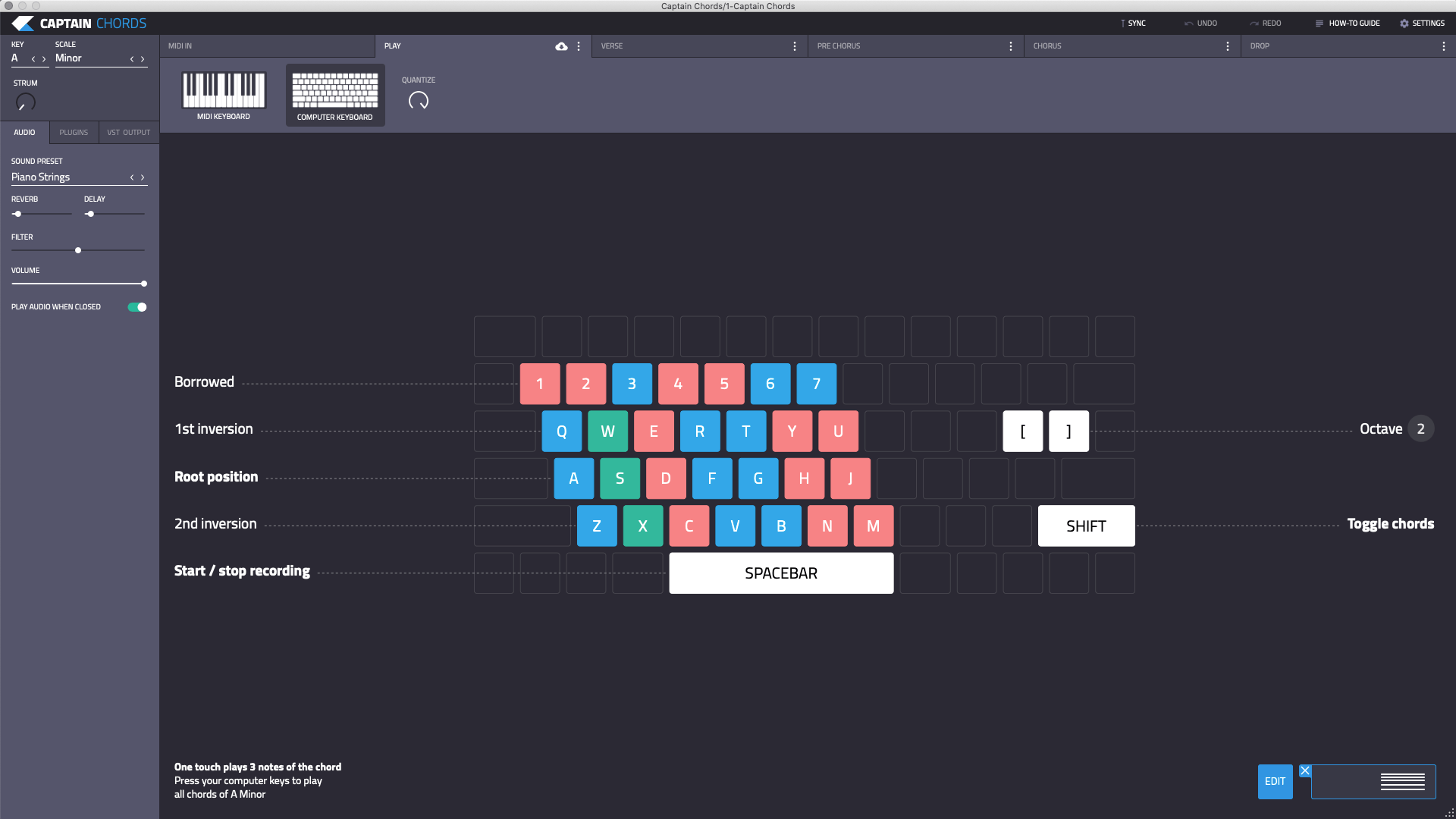

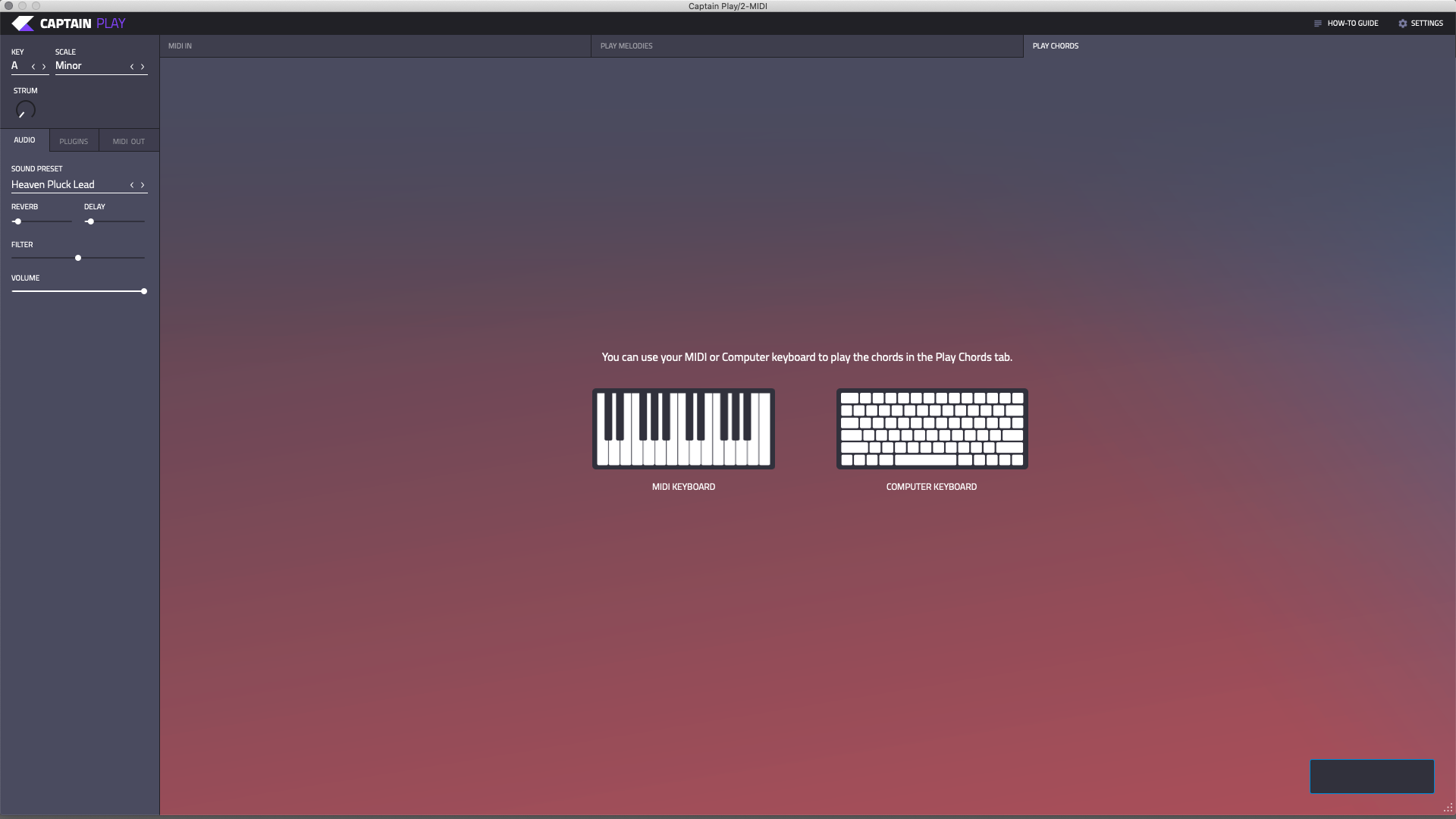
With Play Chords selected, Captain Play will trigger triad chords with the press of a single computer key. This is a great way to jam out new ideas quickly.
By using a combination of the common chords with some of the others, you can create interesting and sonically-pleasing progressions.
Both Major and Minor chords indicated in blue or red can be combined to make progressions even more diverse.
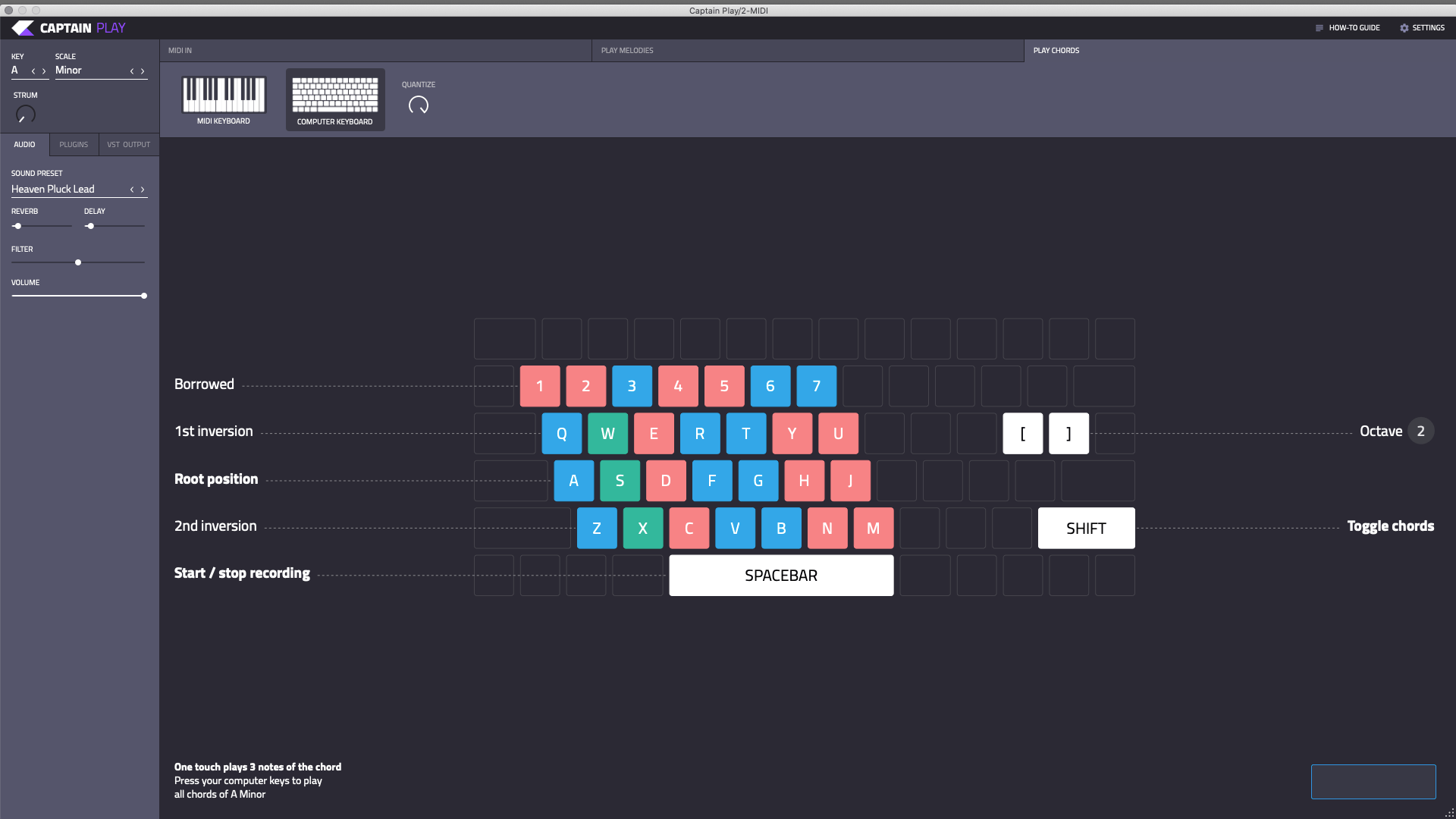
Press and hold Shift to enable a new rack of possible chord voicings:
We called them ‘Pretty’ chords because they have been intelligently selected as chords likely to sound beautiful within your progression.
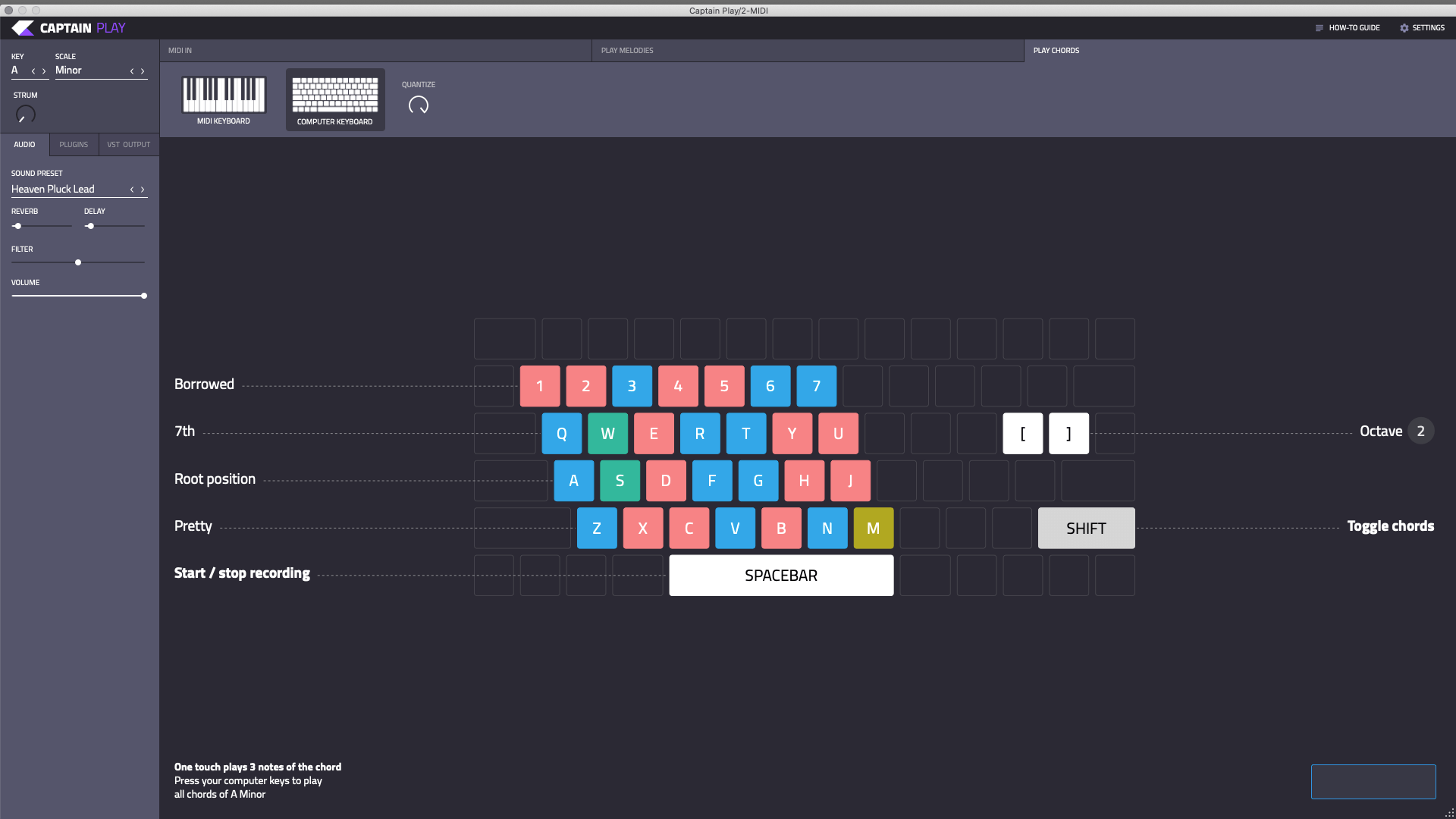
To change the octave up or down toggle the bracket [ ] keys on your keyboard.
Captain play automatically removes out-of-scale notes from the computer keyboard, so any key you press will be in-scale. Each row of your keyboard represents a different octave. These keys run left-right from root note up the scale.
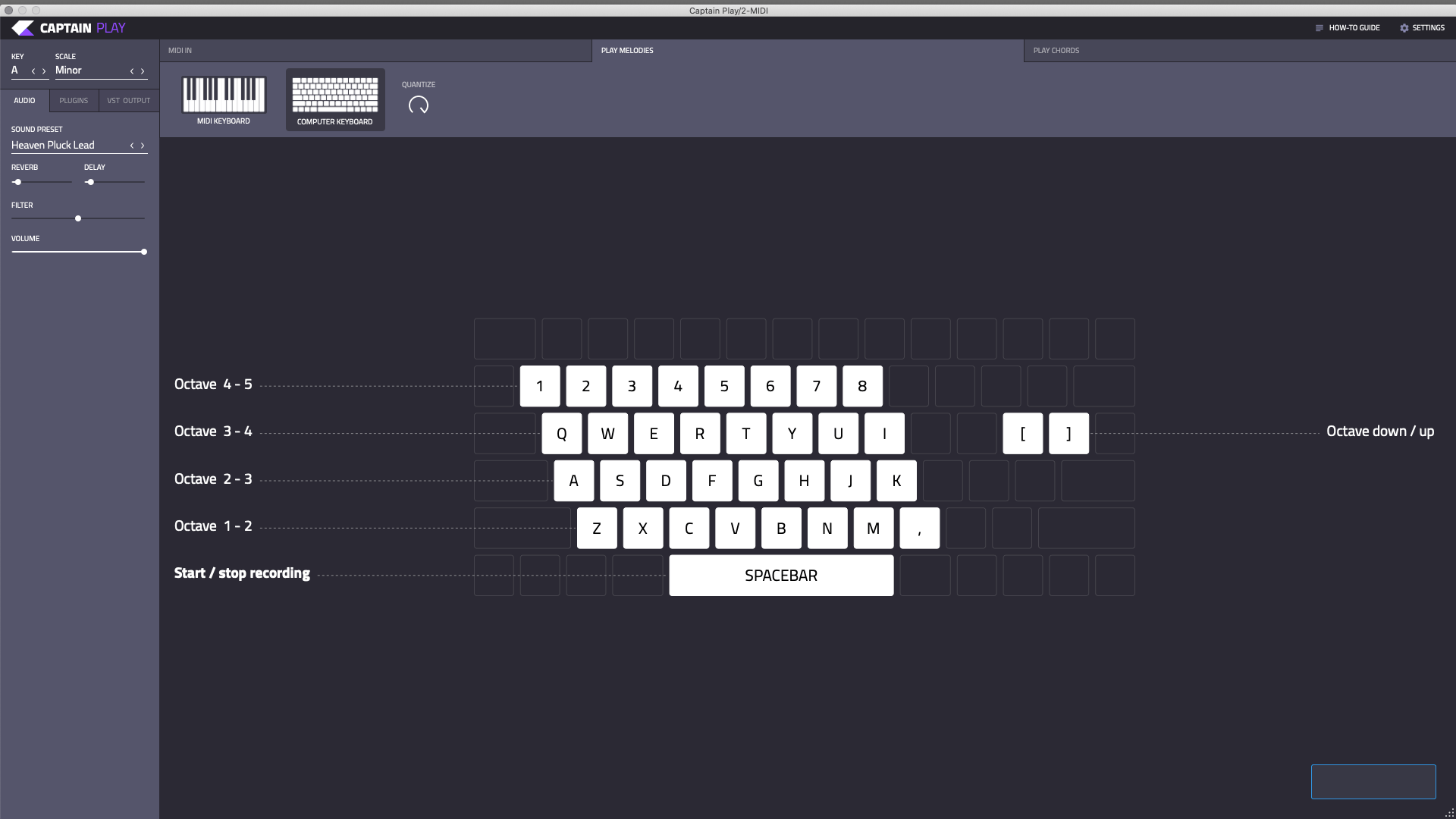
Choose the MIDI Keyboard option from the top menu bar, or opening screen.
In Captain Play’s Settings menu, ensure ‘Use MIDI input to play’ is checked.
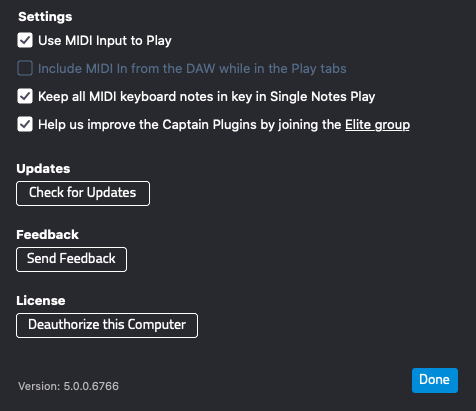
Select Play Chords from the top menu bar. This is the default setting.
You will see 3 boxes in a grid, comprising an octave each.
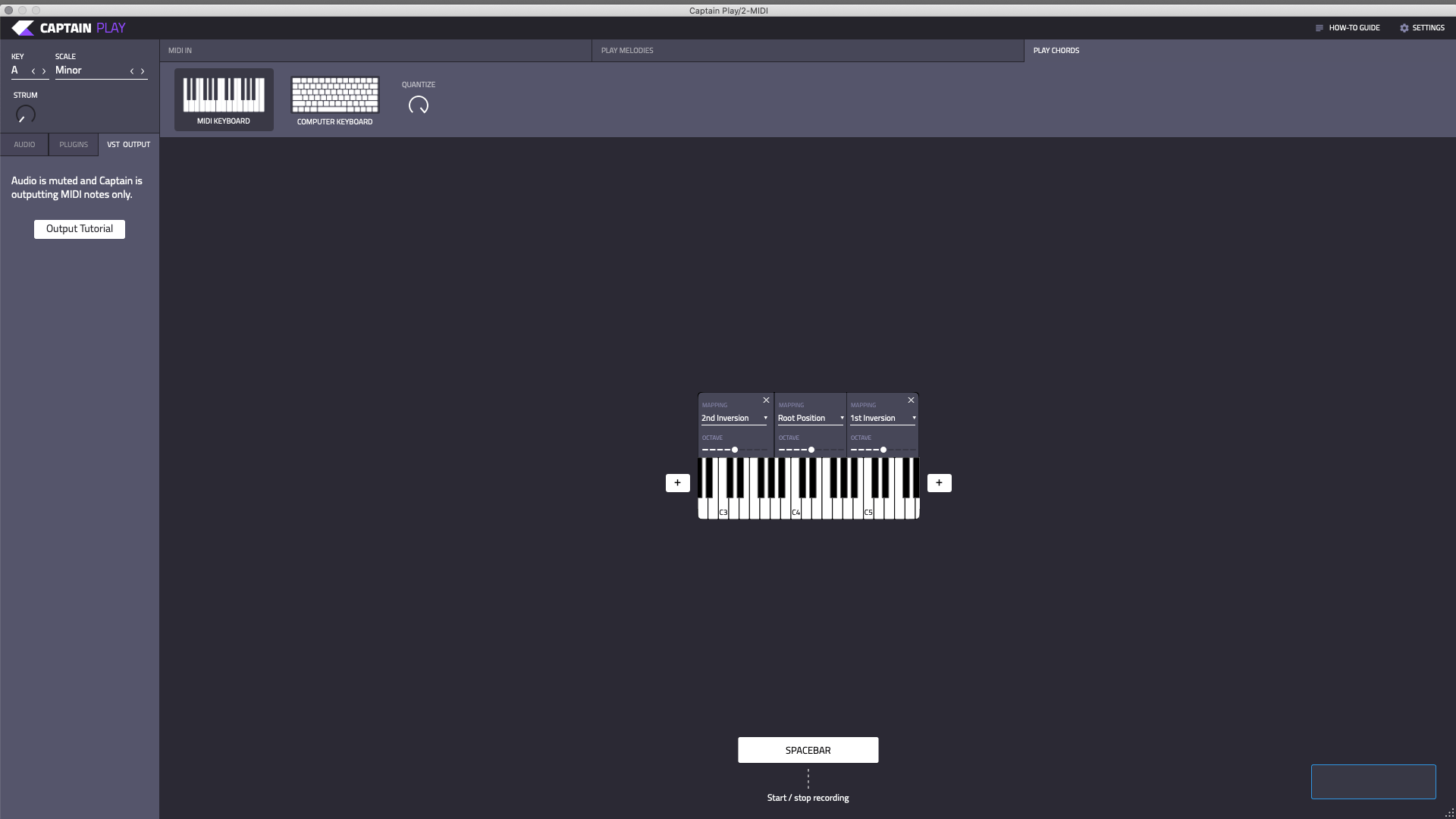
Here is an example of a complex set of chord mappings, laid out over 8 octaves (you’d need a large MIDI keyboard for this!)
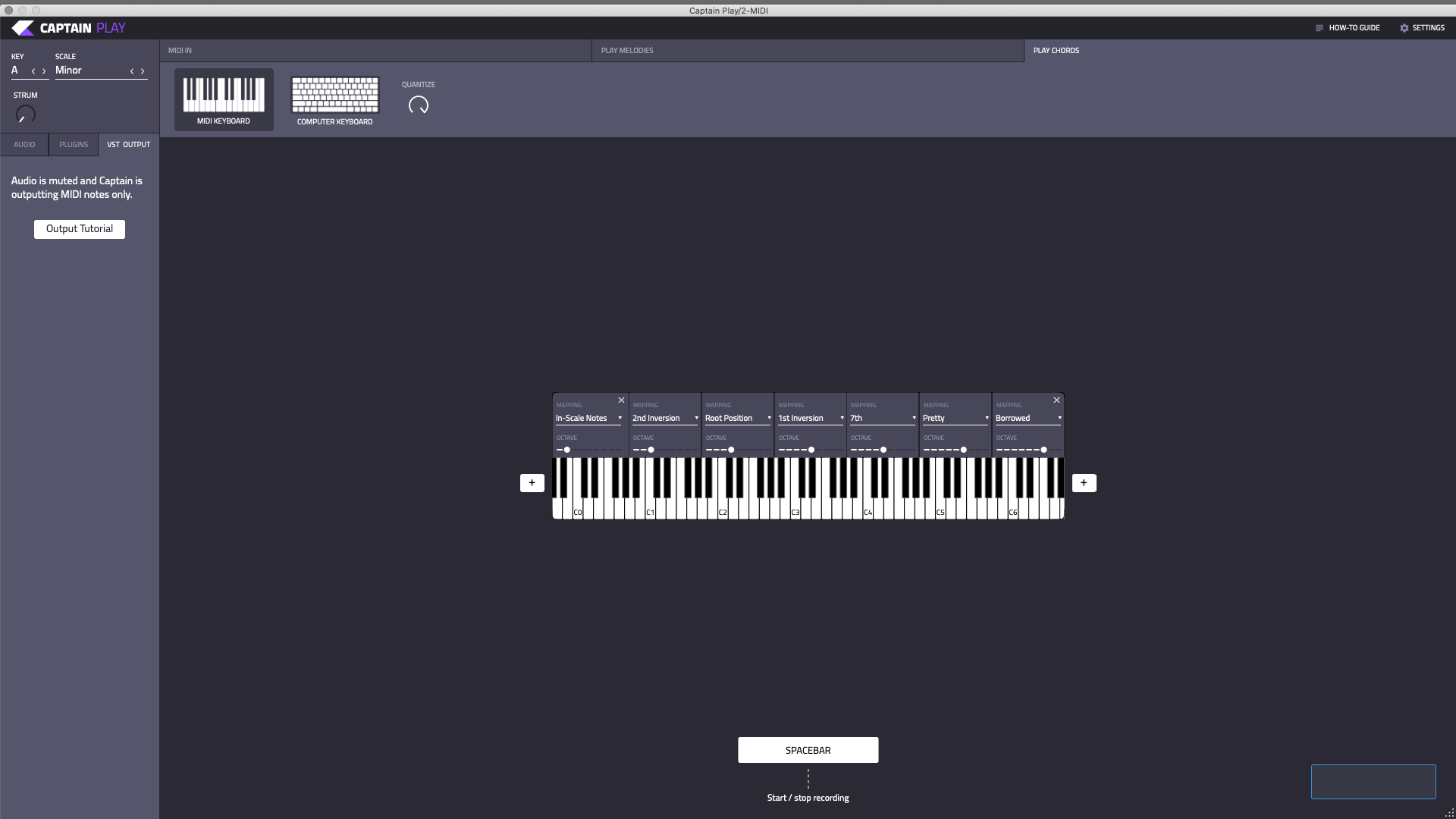
Available voicings for MIDI keyboard mapping:
Select Play Melodies from the top menu bar.


There are several global controls that will affect playback and recording of your MIDI notes in Captain Play.

Turn the Quantise knob to add greater quantisation levels. You can affect only the start of notes, or the end of notes, or both.
Available time divisions are 1/8, 1/8T (triplets), 1/16, 1/16T, 1/32.

Strum is a feature which adds human-like distance between the strike of the top note in a chord, and the bottom. Turn the knob to add greater amounts.
Available settings are:
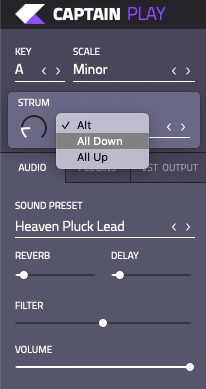
In Captain Plugins 5, we introduced native 3rd-party plugin hosting. Since Plugin Hosting is a brand new feature, we have deliberately only allowed certain plugin instruments to work in this feature as they have been tested and shown to cause no issues.
We will be adding more features within plugin hosting and also whitelisting more 3rd party instruments as we develop the feature.
To enable 3rd party hosting, simply open Captain Play, and select Plugins > VST Instrument, and press Scan. Captain Play will scan your directories and add all whitelisted plugins to the VST Plugins menu inside Play.
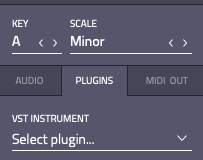
Once the scan is complete, you will find all whitelisted plugins available in the VST Plugins menu. Simply press ‘Select Plugin’ to open the menu window.
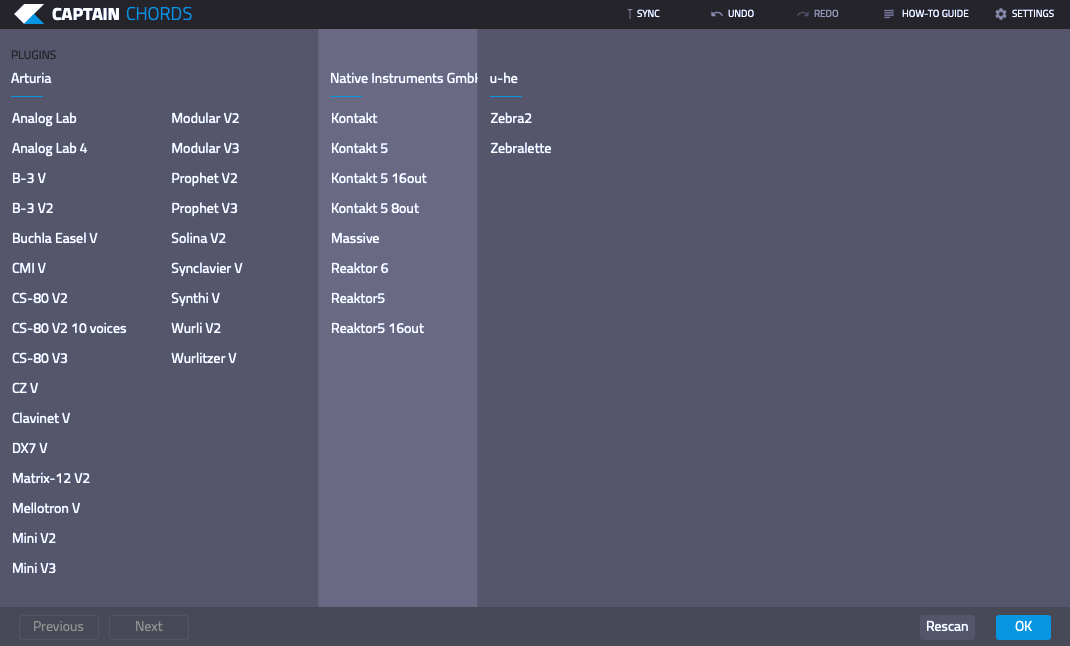
If your VST instruments are not in any of these locations then they will not be found, regardless of whether they are supported.
Select your plugin, and the full functionality of Captain Play will immediately play through your own VST plugins!

To change plugin, simply click in the name of your currently selected plugin to open the plugins menu.
‘Hide Plugin’ will close the 3rd-party plugin window without disabling the instrument itself.

‘Show plugin’ reopens the plugin interface.

Captain Play’s Reverb, Delay, Filter and Volume controls can be engaged at any time while using 3rd-part plugins, and will be applied on top of any effects inside the 3rd-party interface.
lightbulb_outline Tip: We have added compatibility with most well-known VST Plugin Instruments, from manufacturers such as Arturia, Native Instruments, U-He and more. This list will continually reviewed, so if a plugin of yours isn’t displaying, please email us at [email protected] and we’ll look into it.If you don’t want to use the new VST Plugins feature, you can still use the traditional method, as detailed in the below video:
Captain Plugins 5 includes a large selection of sound presets, suitable for many genres. You won’t have to look far to find the right the right timbre for your song, with the presets organised in categories including plucks, bass, keys, leads, pads, strings, voices and guitars.
To access the presets simply click on Audio > ‘Sound Preset’ and make your selection.
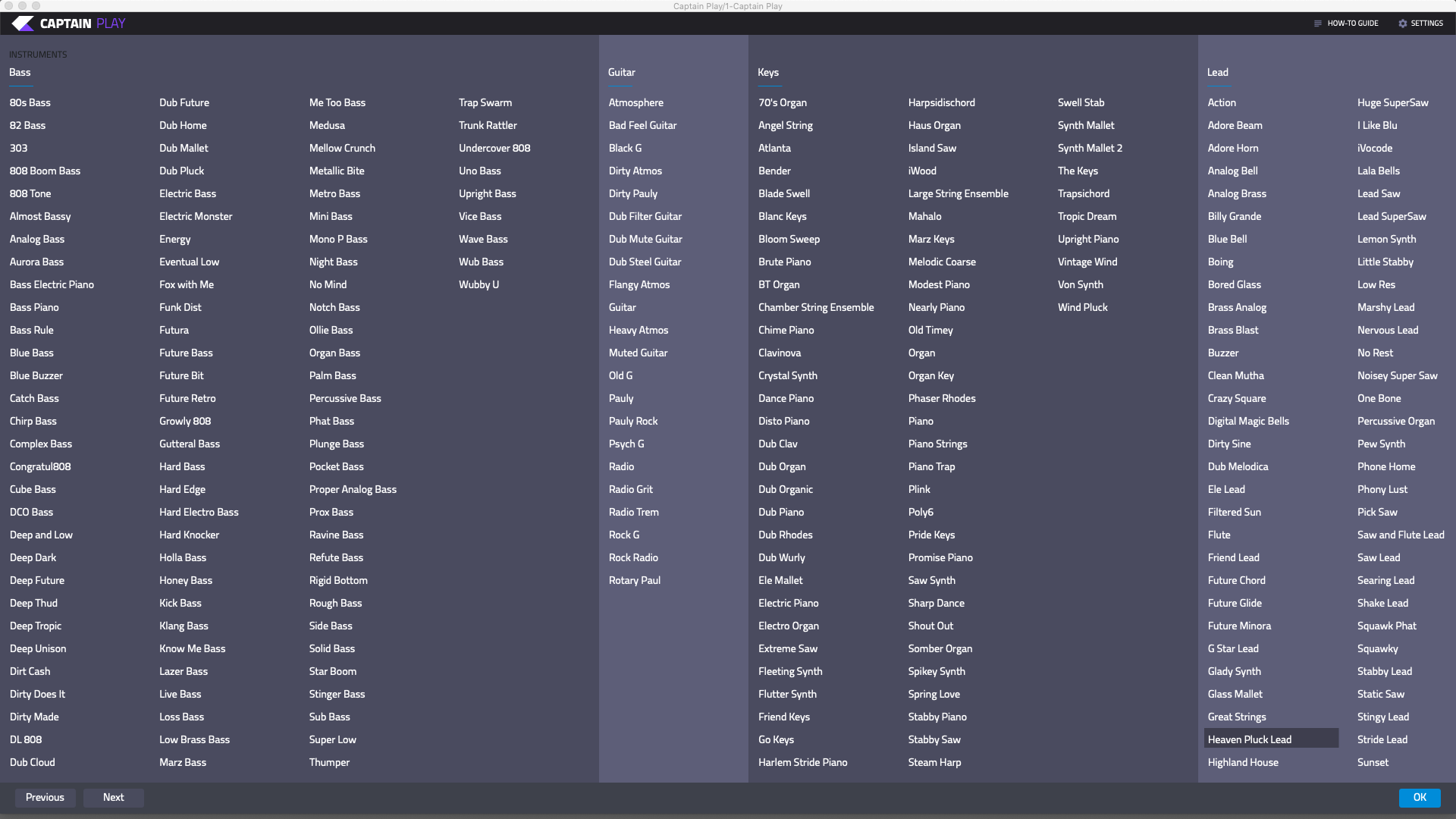
When you press Spacebar in Captan Play, the plugin records your MIDI notes as you play. Once you’re happy with a take, you can export the MIDI in a number of ways.

or by clicking the download icon at the top-right of the plugin..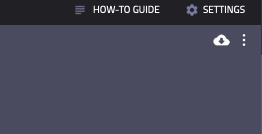

You can also do this by clicking the 3 dots next to that and selecting ‘Export MIDI to File’.

When working inside Play, the Reverb, Delay, Filter and Volume can be adjusted.

You can use Captain Plugins’ on-board sound pallette as a soft-synth by using the MIDI Input tab. Incoming MIDI signals, whether from a MIDI clip or keyboard, will trigger Captain Plugins’ sounds. You can choose the sound, adjust FX, volume and filter. However you cannot use Captain Plugins’ core functionality.
